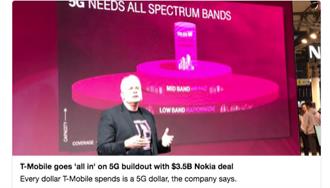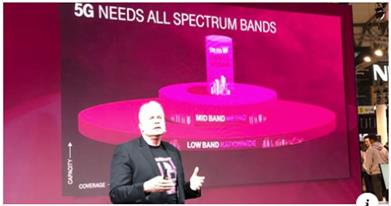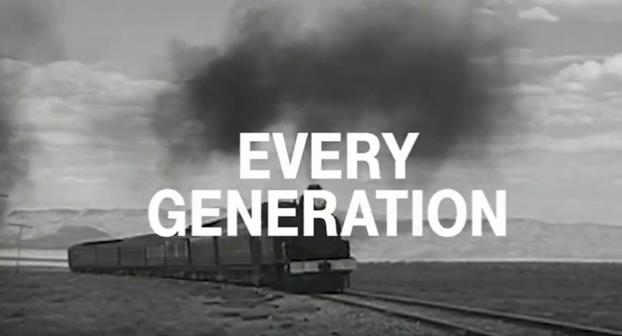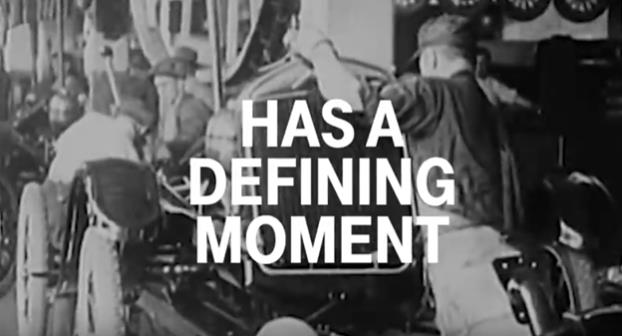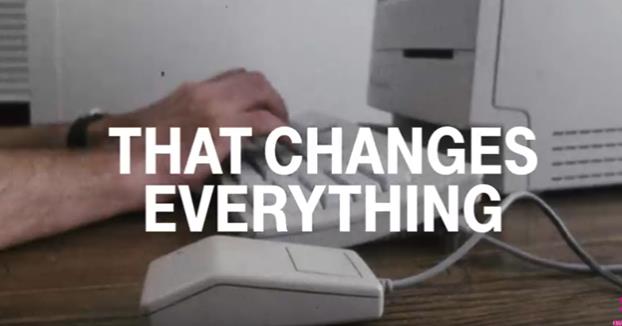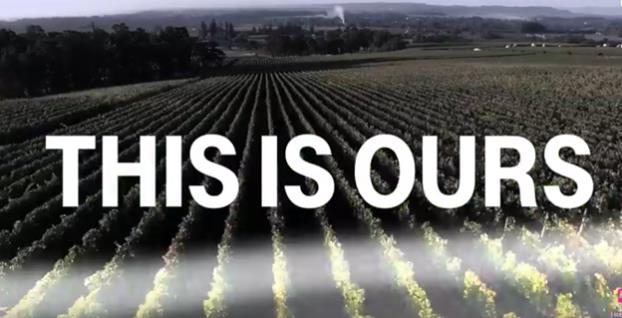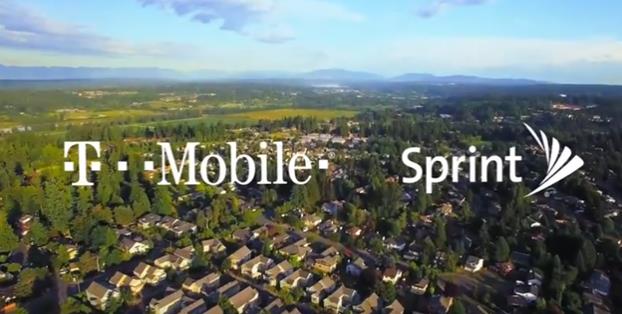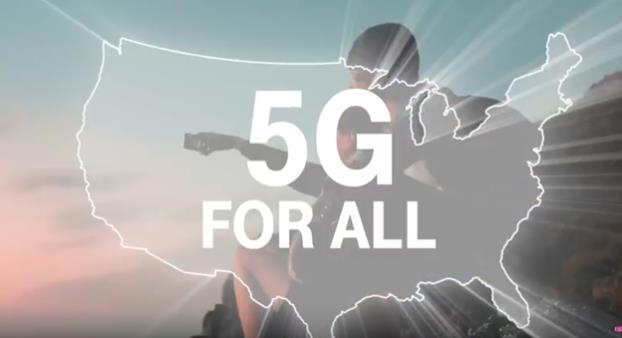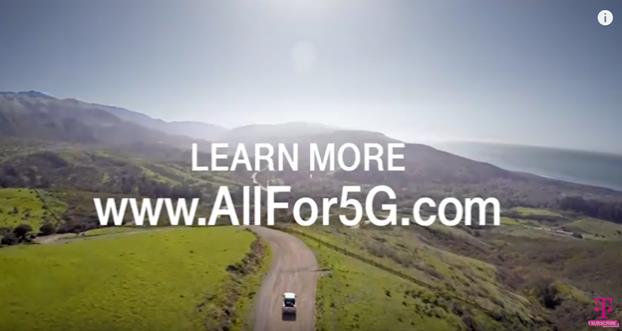Pai, Walden | Bridging the rural technology divide
By Ajit Pai and Greg Walden, The East Oregonian, July 9, 2018
High-speed broadband access, both wired and wireless, is critical for participating in the 21st century economy. This is as true in Pendleton as it is in Portland. Eastern Oregonians need online access to start businesses, shop online, educate their kids, stay healthier through telemedicine, and make their farms and ranches more productive.
But not all Americans are fully benefiting from the internet revolution, especially in Eastern Oregon. We can’t allow rural communities here and across the country to fall behind due to lack of broadband infrastructure. We call that disparity the digital divide, and we are both committed to closing it.
To better understand how we can improve connectivity throughout Eastern Oregon, we recently visited Hermiston, Pendleton and Weston. We heard from folks who experience the divide every day. Local officials told us how the lack of high-speed broadband access is hurting the economy and even makes some residents less optimistic about the future. Rural health care providers told us how important telemedicine was in rural towns, and demonstrated how they use broadband to connect patients with doctors online, without patients needing to drive long distances to an office or hospital.
Local law enforcement, first responders, and 911 dispatchers told us that next-generation networks, not the legacy infrastructure of today’s public safety system, will help them carry out vital emergency service operations, helping them save lives. Year after year, Oregon experiences catastrophic wildfires, reminding us all too well of the importance of a strong 911 system.
All of these constituencies need better internet access. Getting there requires internet service providers (ISPs) — small ones in particular, since they tend to serve rural communities — to have a stronger business case for creating and improving that access. Several small ISPs told us about the substantial challenges they face in serving their communities, from sparse populations to regulatory burdens.
Closing the digital divide won’t be easy, but the Energy and Commerce Committee and the Federal Communications Commission have made important progress.
First, Congress passed and the President signed Ray Baum’s Act. This law reauthorizes the FCC for the first time in over 25 years, giving the agency additional tools to support broadband expansion. It has strong ties to Eastern Oregon, not least being named for our dear friend, policy advisor, and La Grande native Ray Baum. We lost Ray to cancer earlier this year, but his passion and commitment to his home community live on in this legislation.
Ray Baum’s Act includes bipartisan provisions to make it easier to deploy broadband infrastructure on federal property. It improves broadband mapping, which helps pinpoint underserved and unserved communities and ensures resources go to the areas that need it most. The bill also supports installing broadband conduits during highway construction, a commonsense step that expands broadband while saving time and money.
The FCC has done its part to revise and remove burdensome regulations, like updating rules governing access to utility poles and conduits, and modernizing rules that delay service
